Dangers of Fire Damage: Beyond the Visible Destruction
Dangers of Fire Damage: Beyond the Visible Destruction
Fire damage is often perceived through the lens of immediate and visible destruction: charred walls, melted furnishings, and the acrid smell of smoke. However, the true dangers of fire extend far beyond what meets the eye. The aftermath of a fire can linger in the air we breathe, the structures we inhabit, and the environment around us, posing significant risks that may not become evident until much later.
What Are The Long-term Health Risks Associated With Exposure To Fire Smoke And Debris?
When a fire engulfs a building, it releases a complex mixture of gasses and particles into the environment, including carbon monoxide, volatile organic compounds, and particulate matter. Long after the flames are extinguished, these toxic residues can remain in the air and on surfaces.
The health implications can be profound and enduring for those exposed to fire, smoke, and debris. Respiratory issues are the most immediate concern, with symptoms ranging from coughing and wheezing to more severe conditions like asthma exacerbation and chronic obstructive pulmonary disease.
Moreover, chemical exposure can also lead to cardiovascular problems and has been linked to an increased risk of cancer due to carcinogens like benzene and formaldehyde lingering in the environment.
How Does Fire Damage Affect The Structural Integrity Of A Building, Even If It Appears Intact?
The effects of fire damage on the structural integrity of a building, even one that appears untouched, are profound and multifaceted. Here’s a deeper look at how fire impacts different building materials and the subsequent risks involved:
- Steel and Iron: These materials are known for their strength and durability, but they are not invulnerable to the intense heat of a fire. High temperatures can cause steel and iron to expand and, without the room to expand freely, can warp and deform. Once cooled, they contract and may not return to their original strength or shape, compromising the structural integrity of the building.
- Wood: Wood is particularly susceptible to fire. Beyond the obvious burn damage, wood exposed to fire can lose its moisture and essential oils, making it brittle and weak. Even if wood does not directly catch fire, the high heat can cause chemical changes that weaken its structural capabilities.
- Concrete: While concrete is non-combustible and highly resistant to fire, it is not completely resistant to the effects of extreme heat. Intense heat can lead to thermal expansion and moisture evaporation within the concrete, resulting in spalling and cracking. This damage can significantly reduce the load-bearing capacity of concrete elements within the structure.
These changes can be invisible to the naked eye but pose significant risks. Weakened structural elements may fail under normal loads, and the compromised integrity can turn a seemingly stable building into a hazardous environment. Therefore, it is critical to engage structural engineers to conduct detailed assessments after a fire.
These professionals can evaluate the extent of the damage, identify areas at risk of future failure, and determine the necessary repairs or reinforcements to ensure the building's safety. Such evaluations and subsequent repairs are not just crucial for safety; they can also help prevent future liabilities and reduce long-term repair costs.
What Are The Environmental Consequences Of Fire Damage Beyond The Immediate Destruction Of Property?
The environmental consequences of fire damage involve a complex interplay of factors that extend well beyond the immediate destruction of property. Understanding these impacts is crucial for formulating effective response and restoration strategies:
- Air Pollution: One of the most immediate environmental impacts of a fire is the release of pollutants into the atmosphere. As structures and materials burn, they emit various harmful substances, including carbon monoxide, volatile organic compounds, and fine particulate matter.
These pollutants can significantly degrade air quality locally and over a broad area, depending on wind conditions and the fire's intensity. This deterioration in air quality can have adverse health effects on populations, even several miles away from the original fire site.
- Water and Soil Contamination: Fires also lead to the contamination of local water sources and soils. As firefighting chemicals and water runoff, they carry ash and contaminants from burned materials into rivers, lakes, and groundwater. These contaminants can include heavy metals, acids, and other hazardous substances that pose serious risks to aquatic life and can render water unsafe for human consumption and agricultural use.
- Impact on Ecosystems: Fires' environmental damage also impacts local ecosystems. Habitat destruction can lead to a loss of biodiversity. Additionally, chemical changes in soil and water quality can alter these ecosystems long term, making it difficult for the original plant and animal life to recover.
- Waste Management Challenges: Post-fire cleanup and reconstruction efforts generate substantial waste, including charred debris, damaged furnishings, and other materials that must be removed and disposed of. This surge in waste can overwhelm local landfill capacities and contribute to increased methane emissions, a potent greenhouse gas, from waste management facilities.
These environmental consequences underscore the importance of addressing the immediate damage from fires and implementing comprehensive fire management and recovery plans that consider the broader ecological and health impacts. Such plans are essential for minimizing long-term environmental damage and promoting the resilience of affected communities and ecosystems.
What Are Some Hidden Dangers Of Fire Damage That May Not Be Apparent Until Weeks Or Months Later?
Beyond the immediate and visible effects of fire, several hidden dangers may surface long after the event. One such danger is mold growth within the walls and floors of affected buildings. Moisture from firefighting efforts can create an ideal environment for mold, which can increase unseen and cause health issues like allergies and respiratory problems.
Additionally, electrical systems compromised by fire can pose ongoing fire risks and malfunction unexpectedly. Structural damage to a building can also evolve, leading to unexpected collapses or failures that were not apparent during initial inspections.
The aftermath of a fire presents a complex array of hazards that extend far beyond the initial blaze. Recognizing and addressing these risks is crucial for ensuring public health, maintaining structural safety, and protecting the environment.
Regular inspections, timely interventions, and a thorough understanding of fire damage's long-term implications are essential for effectively managing these hidden dangers. By acknowledging these extended risks, communities and individuals can better prepare for and mitigate the long-lasting effects of fire damage.
Why Choose United Water Restoration Group of Charlotte for Your Fire Damage Recovery Needs?
At United Water Restoration Group of Charlotte, we understand that recovering from fire damage requires more than just cleaning up visible debris—it involves addressing the extensive, often hidden, impacts that can threaten your health, safety, and the environment. Our team of certified professionals is equipped with the latest technology and in-depth expertise to manage every aspect of fire damage restoration, ensuring that nothing is overlooked.
We stand apart by offering comprehensive assessments that go beyond surface-level evaluations. Our experts thoroughly inspect the structural integrity of your building to identify any potential weaknesses caused by the fire. We also conduct detailed air quality testing to detect and mitigate any harmful toxins present in the environment, safeguarding your long-term health. Our commitment to environmental stewardship means we focus on restoring your property and implementing sustainable practices that minimize ecological impact.
United Water Restoration Group's Commitment to Safety and Quality
Safety is our top priority. We follow stringent safety protocols to ensure that all restoration work is done securely, and we keep you informed throughout the process. Our team is fully trained to handle hazardous materials safely and to repair any structural damages thoroughly. We also offer ongoing support and advice to help you prevent future risks associated with fire damage, such as electrical hazards or mold growth.
Quality is at the heart of everything we do. We use only the best materials and the most effective techniques to restore your property to its pre-fire condition or better. Our work is backed by a guarantee of satisfaction, ensuring that you can trust in the quality of our repairs and the reliability of our service.
FAQs About Fire Damage Restoration
Q1: What should I do immediately after fire damage? Immediately after experiencing fire damage, ensure everyone's safety by evacuating the premises. Then, contact United Water Restoration Group of Charlotte; we are available 24/7 to assist you. Avoid entering the damaged property until it has been declared safe by professionals.
Q2: How much does fire damage restoration cost? How much it will cost to restore your property after a fire depends on a number of factors, including the type and severity of the damage. Typically, the price ranges from $3,000 to $25,000. United Water Restoration Group of Charlotte offers transparent pricing and detailed quotes, ensuring you understand all expected costs before work begins.
Q3: How long does the restoration process take? The restoration process's duration depends on the severity of the fire damage. Minor damage might be resolved in a few days, while extensive structural repairs and remediation could take several weeks. We strive to complete all projects quickly without compromising quality or safety.
Q4: Does homeowners insurance cover fire damage restoration? In most cases, homeowners insurance does cover fire damage restoration. You should check your policy details, though, because coverage may differ. We are here to help you navigate the insurance company claims process and get the benefits you deserve.
Your Best Ally in Fire Damage Restoration: United Water Restoration Group of Charlotte
If you're dealing with the aftermath of a fire, don't face it alone. Choose United Water Restoration Group of Charlotte as your ally. We promise to restore your property and your peace of mind with our professional, caring, and efficient services.
Secure Your Property and Health Today!
Don’t wait for hidden damages to escalate. Contact United Water Restoration Group of Charlotte today to ensure your home or business is thoroughly and safely restored. Call us at (704) 228-8888 or visit our website to schedule a consultation and take the first step towards a safe and comprehensive recovery. Trust us to bring your property—and your life—back to normal.
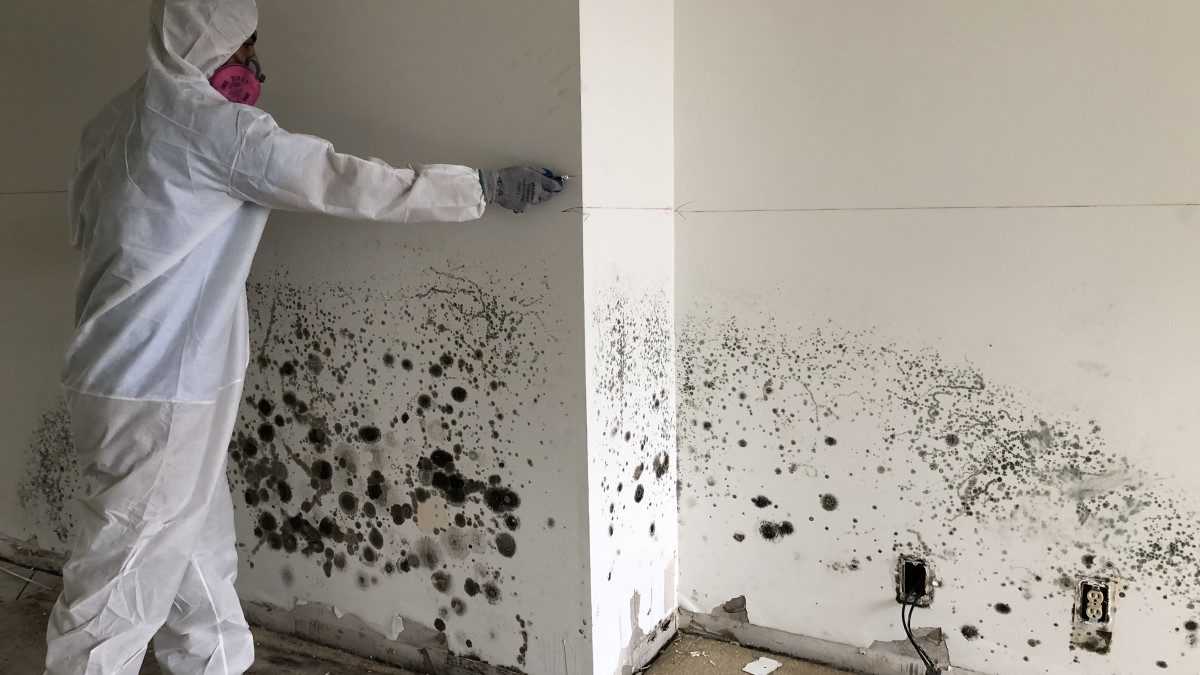
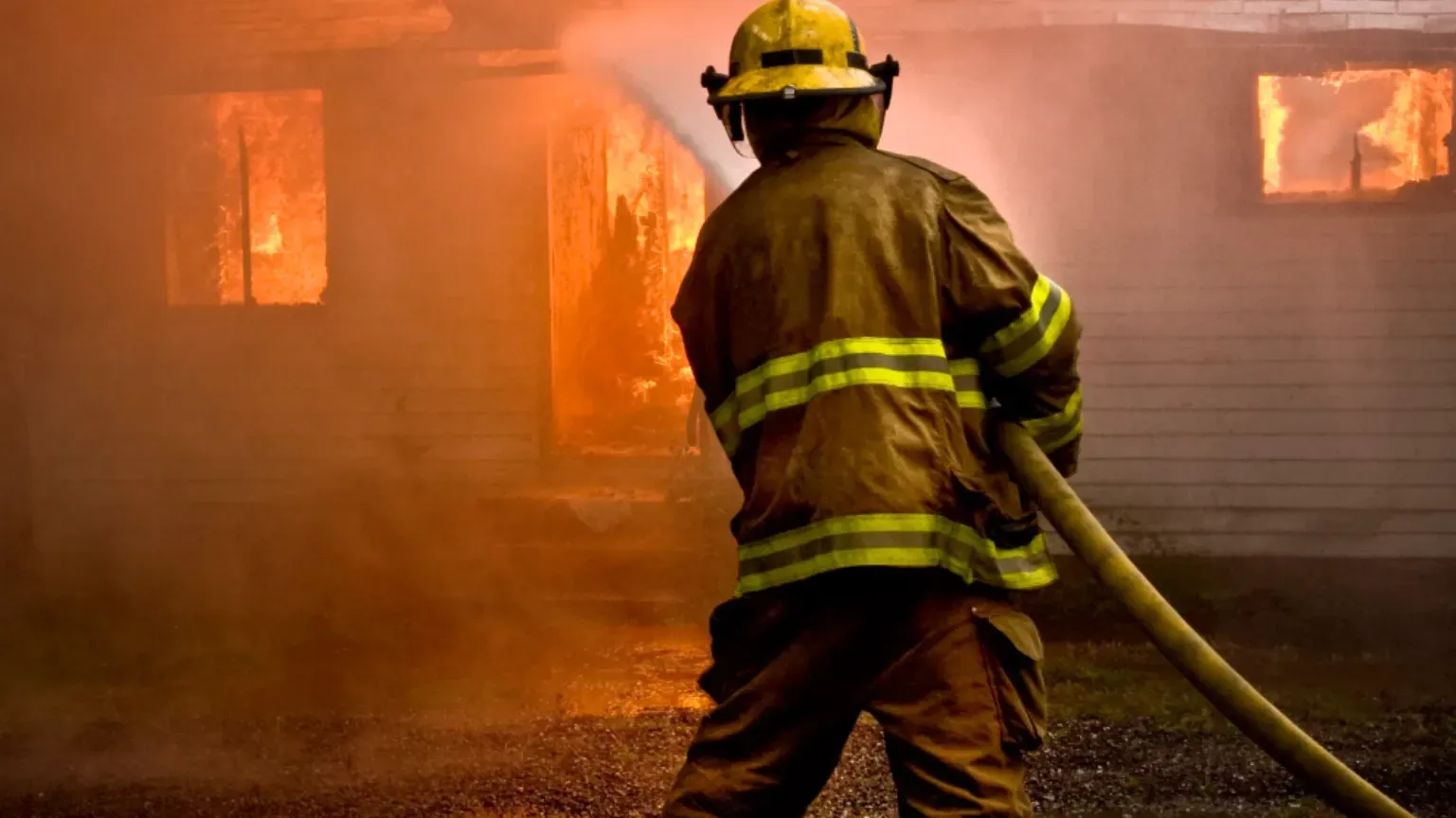

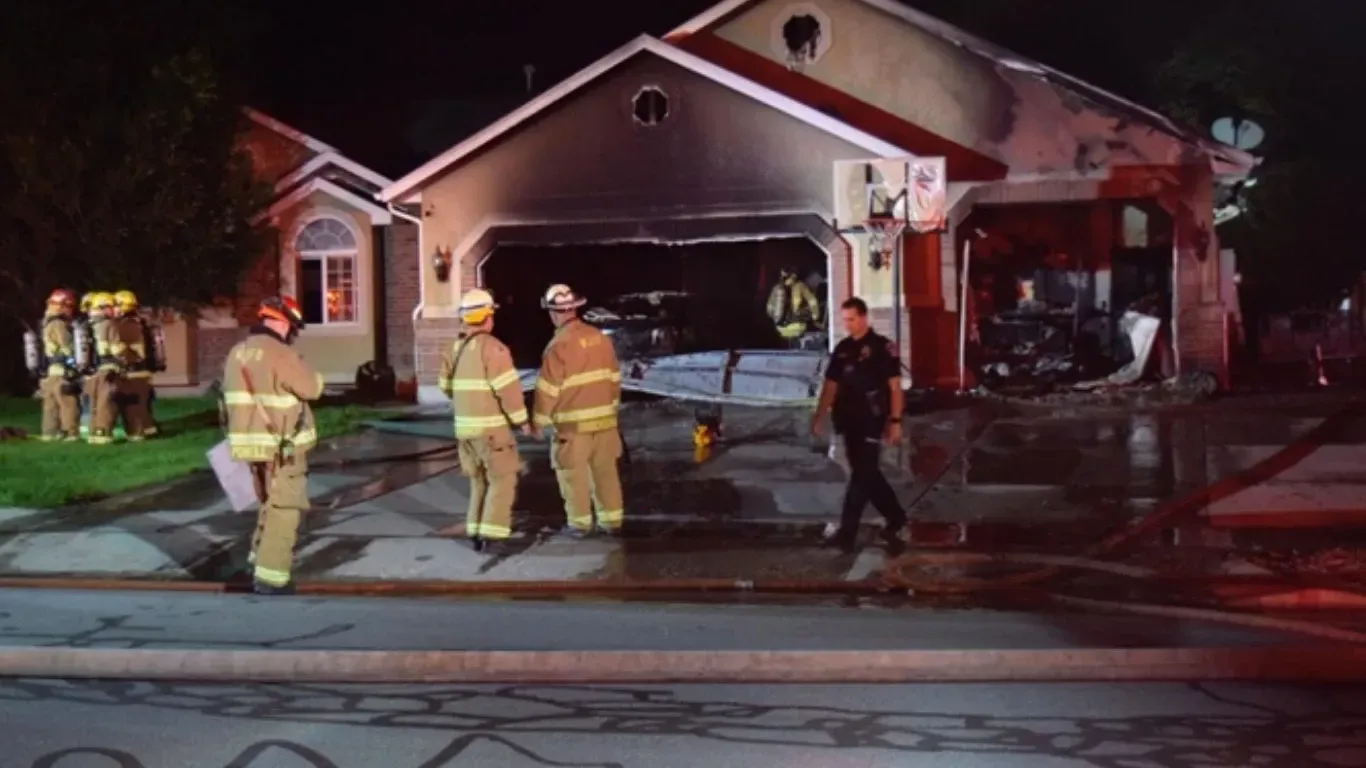

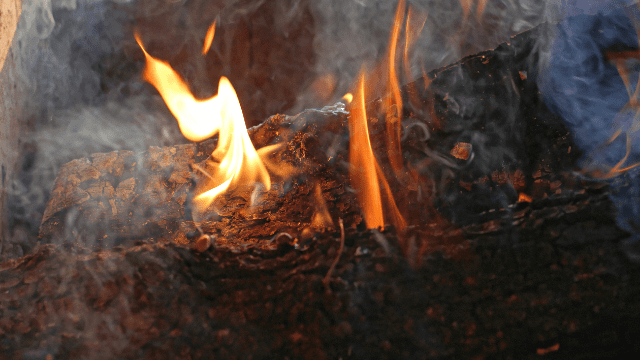
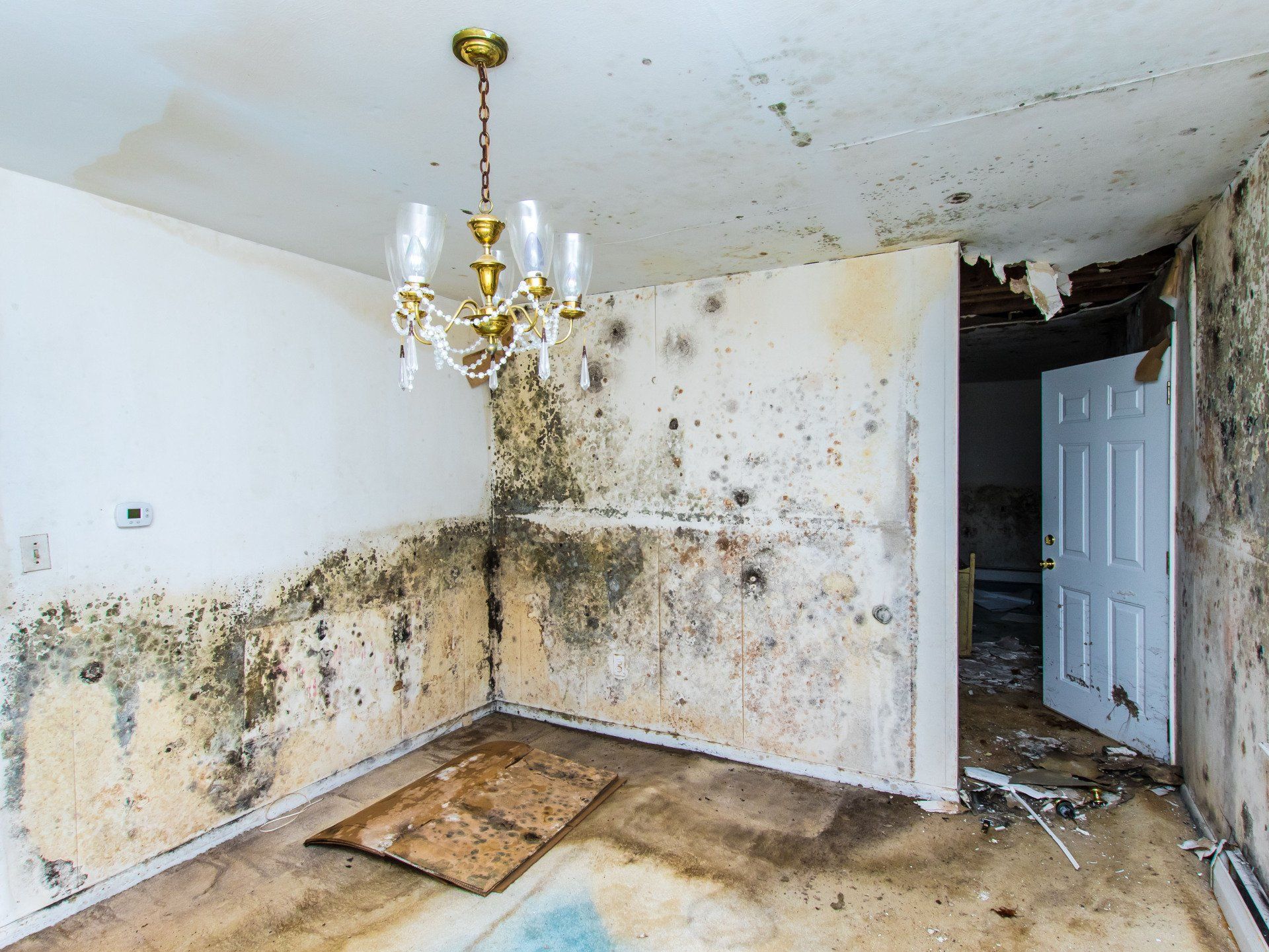
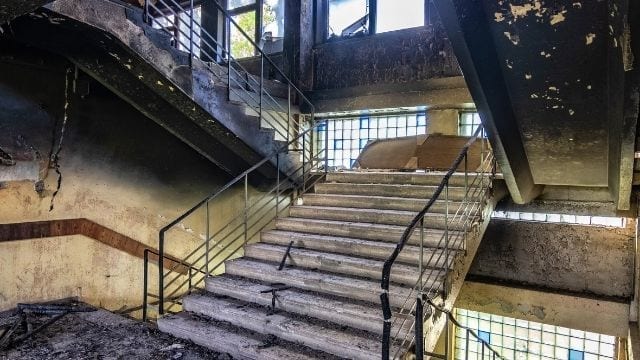


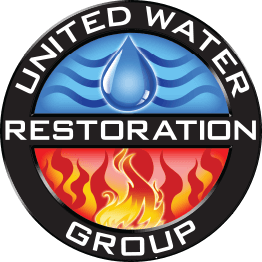
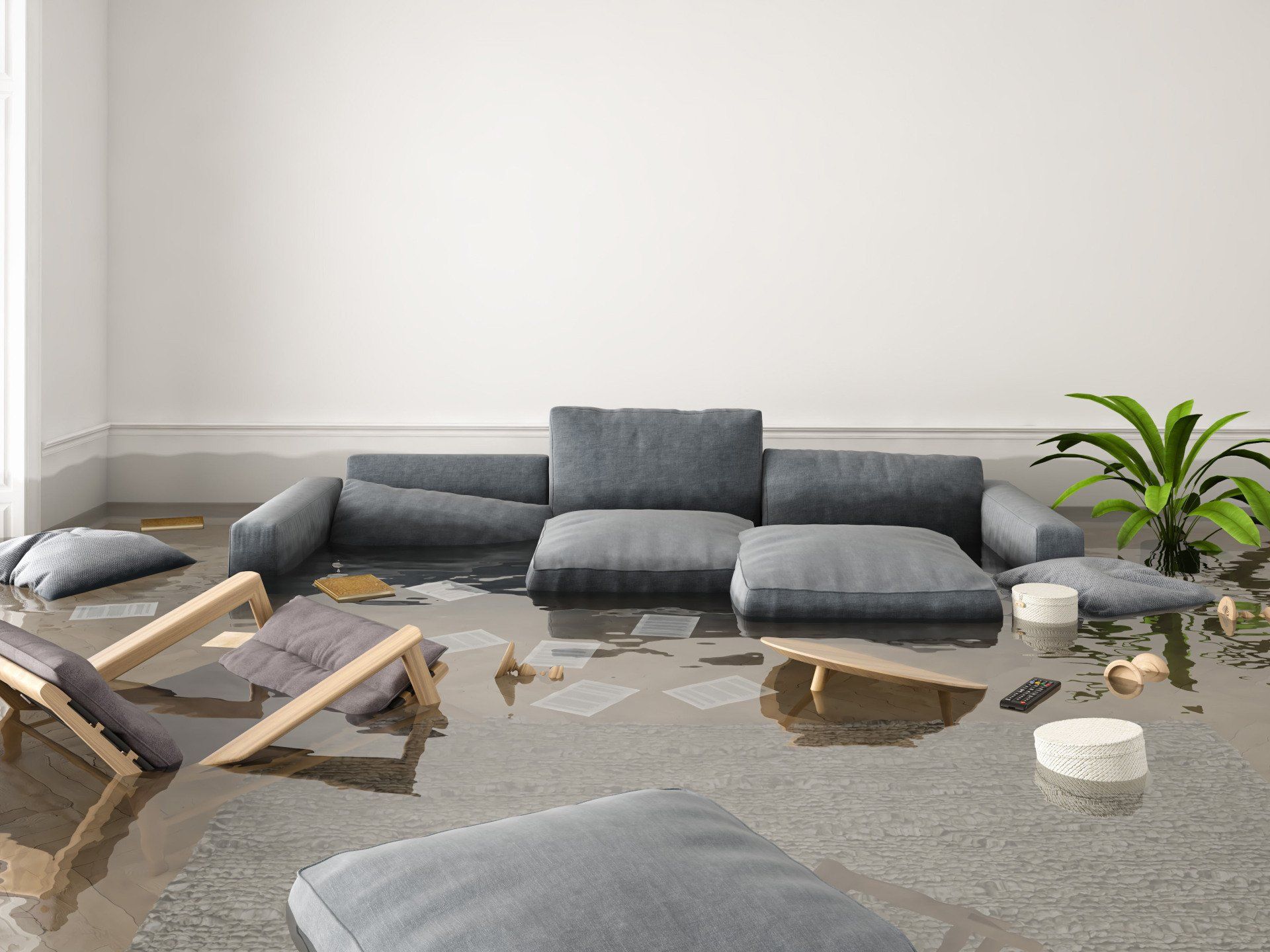
Share On: